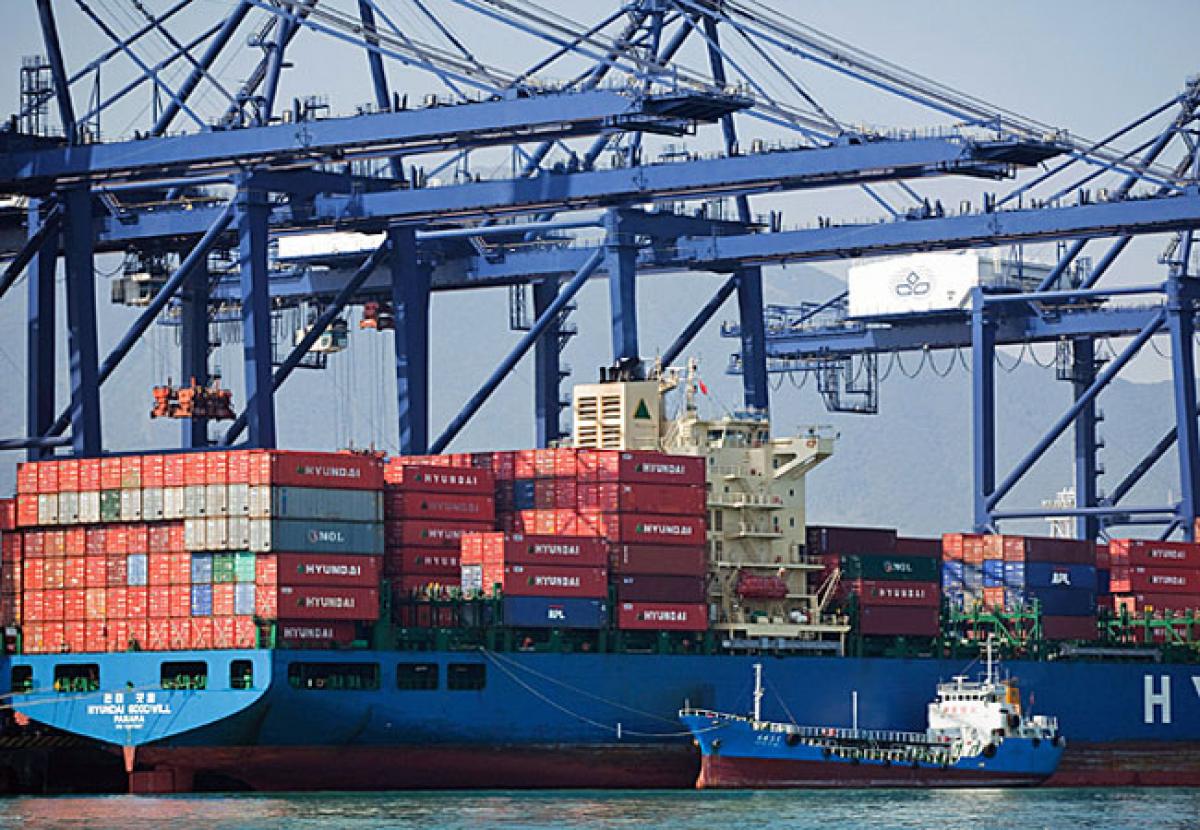Live
- MyVoice: Views of our readers 25th April 2024
- Visakhapatnam: NDA government will make AP corruption-free says Rajnath Singh
- Bengaluru’s Water Future
- The inner drive to help others
- Srikakulam: Jagan cautions people against unholy alliance of TDP-BJP-JSP
- Srikakulam: Chandrababu lauds DWCRA groups
- Gukesh’s tactical brilliance stuns chess world
- BJP releases ‘charge sheet’ against BJD govt
- District Nodal Officer Venkataramana announced the intermediate results
- She team that stopped child marriages
Just In

The Union Cabinet on February 17 approved the World Trade Organization’s (WTO) Trade Facilitation Agreement (TFA), which seeks to ease customs procedures to boost commerce. In November last year, WTO member countries adopted a “protocol of amendment” to make the TFA a part of the overall WTO Agreement.
The Union Cabinet on February 17 approved the World Trade Organization’s (WTO) Trade Facilitation Agreement (TFA), which seeks to ease customs procedures to boost commerce. In November last year, WTO member countries adopted a “protocol of amendment” to make the TFA a part of the overall WTO Agreement.
However, the TFA will become operational only after two-thirds of the 162 members ratify it. India was the 71st country to give nod to the agreement. The TFA, approved by 160 WTO members, aims to streamline and harmonise customs procedures. The WTO has said full implementation of the TFA could increase global merchandise exports by up to $1 trillion annually. An agreement between India and the US last year opened the way for a consensus on the TFA which eluded the WTO members.
New Delhi is planning to ratify the TFA as part of the government’s initiatives to attract more investment by improving India’s ranking in the World Bank’s “ease of doing business” report. The government wants India to leapfrog its position from 130th this year (out of 189 countries) to the top 100 next year and then in the top 50 soon.
Trade facilitation is an agreement signed under WTO’s Bali Ministerial Conference in 2013. The objectives of Trade Facilitation Agreement are: to speed up customs procedures; make trade easier, faster and cheaper; provide clarity, efficiency and transparency, reduce bureaucracy and corruption, and use technological advances. It also has provisions on goods in transit, an issue particularly of interest to landlocked countries seeking to trade through ports in neighboring countries.
The TFA has made the WTO a significant institution for promoting trade liberalization. It was one of the three components of the ‘Bali Package’. Part of the deal involves assistance for developing and least developed countries to update their infrastructure, train customs officials, or for any other cost associated with implementing the agreement.
It is expected that after the implementation of the TFA, it will give a benefit between $ 400 billion and $1 trillion to the world economy by reducing costs of trade by between 10% and 15%. Increased trade flows, revenue collection, stable business environment and enhanced foreign investment etc are supposed to be the other benefits of the TFA, according to indianeconomy.net.

© 2024 Hyderabad Media House Limited/The Hans India. All rights reserved. Powered by hocalwire.com







